Flowers and Their Medicinal Uses
People have used flowers as natural medicine forever. We used to rely on plants and flowers for healing before we had modern medicine. Now, Learning about the health benefits flowers can provide is becoming increasingly popular.
Here are some of the most popular medicinal flowers - and how they have traditionally been used.
Using Flowers as Medicine Through History
People have used flowers as medicine for a really long time. The Sumerians used flower oils for healing around 5000 BC. Ancient Egyptians also used plants and flowers as remedies for illness. They used flowers like chamomile, rose, lotus, and lily.
Around 2800 BC, the ancient Chinese Emperor Shen Nung made a list of over 300 flower medicines. It is believed that he is the Father of Chinese medicine.
In 400 BC, Hippocrates, a Greek physician, wrote about treating people with flowers like saffron and myrrh. Indian Ayurvedic medicine relies on flowers for mind-body balance, too.
As modern medicine advanced, lab-made drugs replaced many plant treatments in Western cultures. But today, there's new interest in traditional flower cures as safe, natural options.
Medicinal Flowers and Their Uses
The use of flowers as natural remedies for common ailments dates back thousands of years. You can benefit from some of these medicinal blooms:
Hibiscus
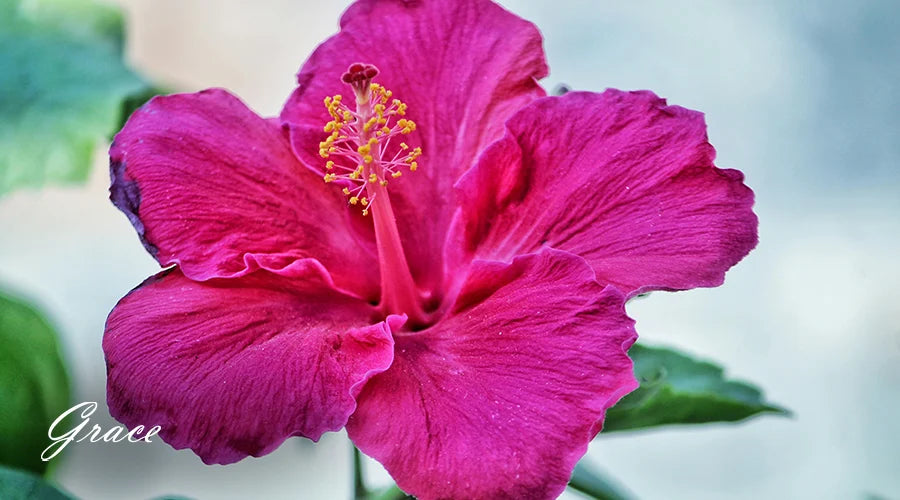
Source: pexels
Tropical climates are home to the large, colorful blossoms of hibiscus. Studies indicate hibiscus may help:
- Lower blood pressure and cholesterol levels
- Support heart health
- Antioxidant and anti-inflammatory properties
In addition to making tea, you can dye the flowers or use them in salads. Hibiscus flowers possess healing properties thanks to their nutrient compounds, especially anthocyanins.
Calendula / Marigold

Source: pexels
These bright yellow and orange flowers have been used traditionally to:
- Heal wounds, cuts, burns, rashes
- Reduce inflammation
- Treat muscle spasms or cramps
Oils extracted from calendula flowers can fight infection and reduce swelling in ointments, creams, and soaps.
Echinacea / Cone Flower
Modern research confirms this North American flower can:
- Boost the immune system
- Shorten colds
- Fight infections
- Reduce inflammation
- Speed healing of skin irritations
Supplements, extracts, salves, or teas are made from the entire flower plant. Plants and roots have polysaccharides and alkamides that boost the immune system.
Lavender
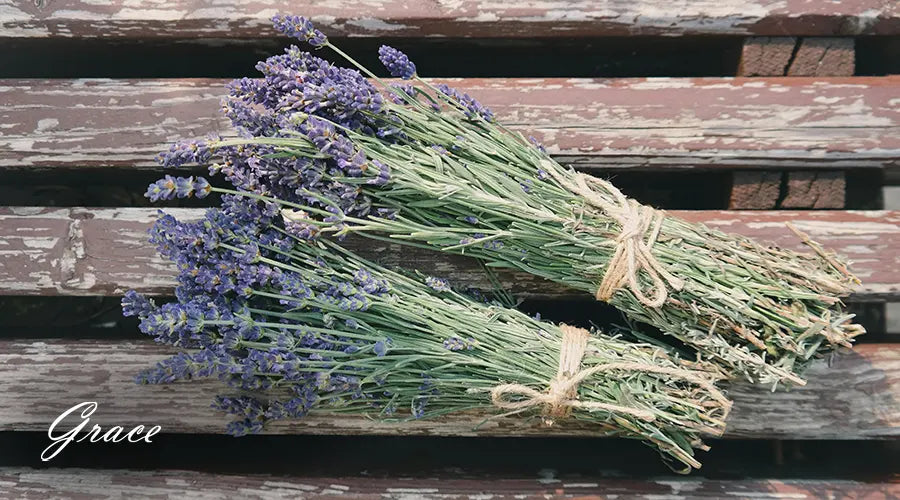
Source: pexels
There has long been a belief that lavender's sweet floral scent creates a calming effect. Today, lavender is also used to:
- Promote sleep
- Reduce anxiety
- Soothe headaches or migraines
- Treat insect bites
- Heal minor burns or wounds
Lavender oil and dried flowers have many uses. They can be used in aromatherapy, massage oils, little sachet bags, and teas. The oil is extracted from the lavender flower spikes using steam distillation.
Chamomile

Source: pexels
The tiny daisy-like flowers of chamomile contain an anti-inflammatory antioxidant known as chamazulene. Scientific studies show chamomile can help:
- Relieve Anxiety
- Treat insomnia
- Soothe digestive issues
- Heal skin irritations
- Reduce menstrual cramps
Chamomile flowers are often consumed as tea but can also be applied topically. Both the dried flowers and essential oils have medicinal benefits.
Dandelion
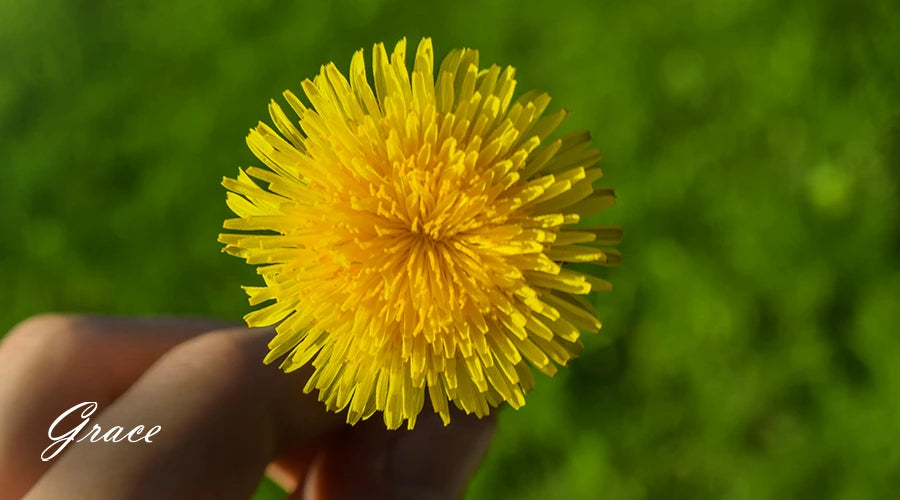
Source: pexels
Although thought of mainly as a stubborn weed, the much-maligned dandelion is packed with nutrients. Dandelions may help:
- Reduce inflammation
- Lower blood pressure
- Improve digestion
- Act as a diuretic
- Increase antioxidant intake
You can eat dandelion flowers, leaves, and roots or add them to foods, supplements, teas, or tinctures. Diuretics and laxatives are often extracted from the leaves and roots of this plant.
Lotus
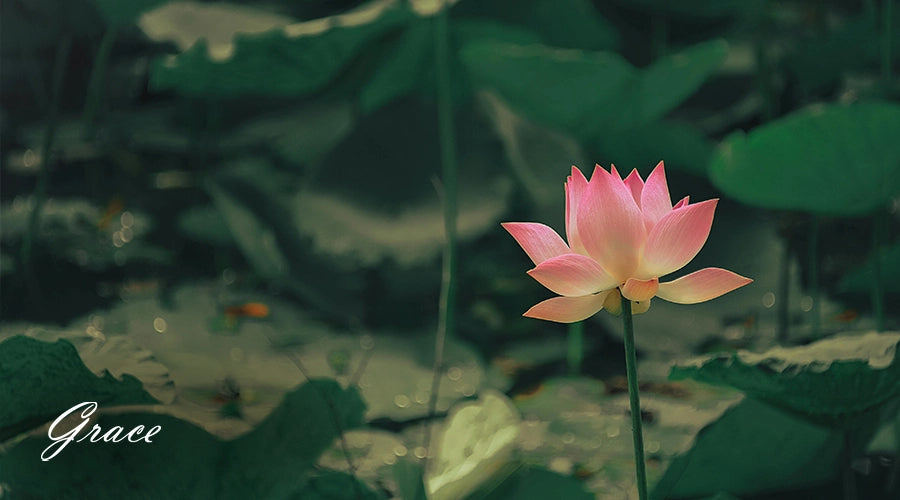
Source: pexels
For centuries, traditional Chinese medicine has used the sacred lotus flower. Scientific studies found lotus flowers may:
- Lower blood pressure
- Reduce fever
- Calm diarrhea
- Treat skin infections
Lotus is typically consumed as a tea made from the blossoms or seeds and applied topically for skin conditions.
Chrysanthemum
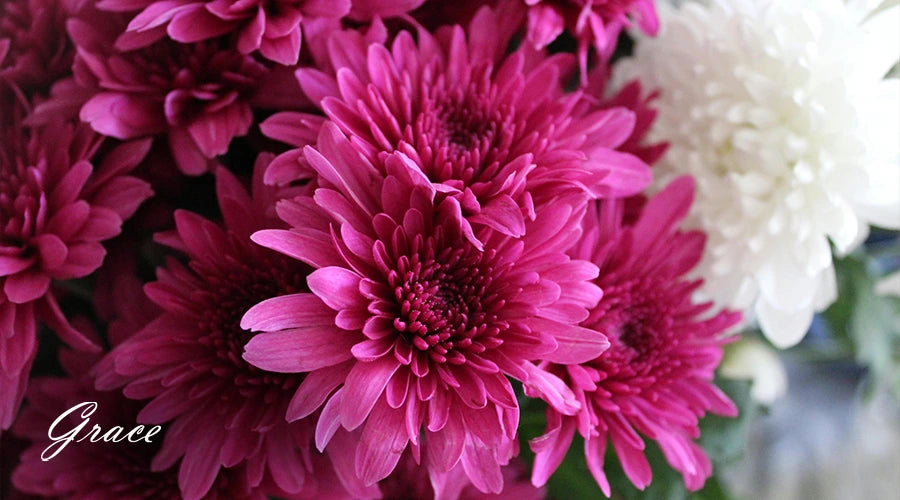
Source: pexels
Often used in traditional Chinese medicine, chrysanthemum flowers may help:
- Reduce inflammation
- Treat headaches
- Ward off colds
- Lower cholesterol
- Regulate blood pressure
Chrysanthemum flowers can be steeped in hot water to make tea. The plant also makes essential oils used in traditional medicine.
There are over 200 kinds of medicinal flowers with healing abilities. Looking more into traditional plant remedies can provide safe, natural ways to improve health.
Using Medicinal Flowers
There are lots of ways to tap into flowers' natural healing powers. Here are some common ones:
Tinctures
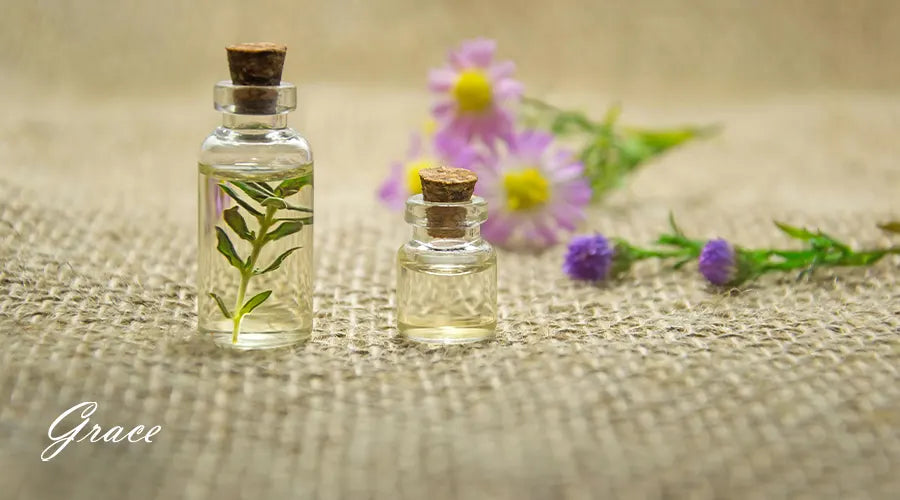
Source: pexels
To make a tincture, plant parts are soaked in water and alcohol for weeks to get a concentrated liquid. The alcohol helps pull out beneficial chemicals from the plants. You can add drops of tincture to water, smoothies, or tea for more potency.
Infused Oils
Gently heat carrier oils with flowers, leaves, or roots to infuse the oils with healing properties. Calendula, lavender, dandelion, and others make great oils for massage, skin treatments, or salves.
Teas
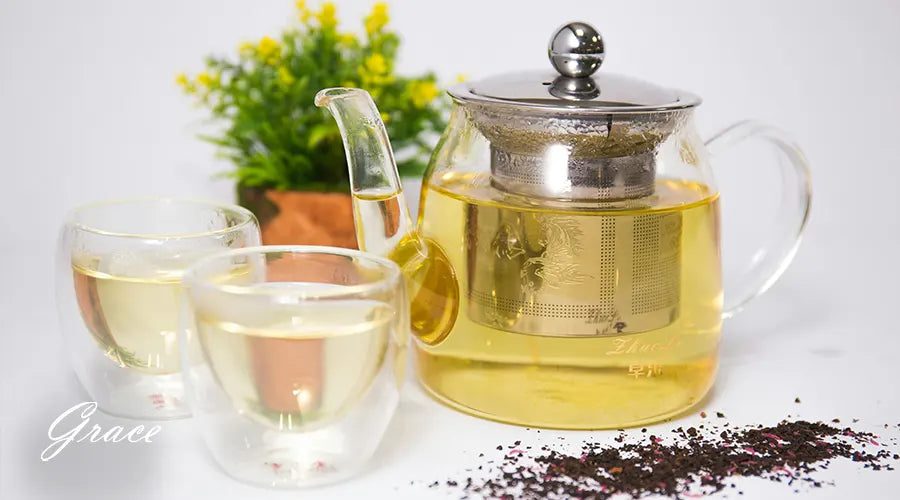
Source: pexels
The most popular way to use herbs is to make tea. You pour hot water over fresh or dried leaves, flowers, roots, or seeds for five to ten minutes. Drinking teas from soothing flowers like chamomile, lavender, and chrysanthemum soothes the nerves, reduces anxiety, settles upset stomachs, and even fights colds.
Decoctions
You can simmer tough roots or seeds in water to remove their beneficial compounds. Flowers like dandelion and echinacea can be gently boiled into soothing liquid preparations.
Syrups
Combine flower infusions with honey to make syrups that can soothe sore throats or get nutrients into drinks and foods.
Poultices
Crush fresh plant parts and apply them to wounds, swelling, or irritations to reduce inflammation and fight infection. Calendula, foxglove, and marigolds are great options.
Salves
Mix flower oils, waxes, or extracts into carrier oils and butters to make ointments to heal skin problems. Calendula and lavender are commonly used.
As you can see, flowers can easily be incorporated into teas, tinctures, oils, salves, poultices, or syrups to aid natural healing and health.
Facts About Medicinal Flowers
Scientists are studying if chamomile oil can fight superbug infections because of its antimicrobial properties.
In the Caribbean, people make "sour tea" from hibiscus flowers. It has a tart, cranberry-like taste.
Roses have been used medicinally for 35 million years, making them the oldest medicinal flower.
During World War I, lavender-dressed wounds and kept hospitals clean. Now, its oil is studied to combat drug-resistant bacteria.
Historically, marigolds have been used internally and externally for their anti-inflammatory and antiseptic properties. They also grow easily and spread rapidly.
Dandelion's bitter compounds detoxify the liver. Its extracts and tea promote healthy liver function.
For centuries, Ancient Egyptians used calendula oil to rejuvenate skin. Today, it's known to help wound healing and collagen.
Echinacea flowers and seeds contain compounds that support the immune system.
Final Words
There is a place for modern medicine, but natural options like medicinal flowers are also important. The healing power of plants and flowers was known to ancient cultures. Science has proven that wisdom to be true today.
Always work with an expert if taking flower remedies yourself. But using flowers in your routine through teas, foods, oils, or aromatherapy is safe. It can help you feel more balanced naturally.
Next time you see marigolds, echinacea, or roses, remember these pretty flowers don't just look nice - they can also heal our body, mind, and spirit.
Frequently Asked Questions
Are Medicinal Flowers Safe?
Most medicinal flowers are safe and non-toxic when used properly. However, some flowers, like foxglove, are poisonous when ingested. It's important not to self-prescribe flowers as medicine and to consult an herbalist or medical professional about safe dosages and contraindicated conditions.
What's The Easiest Medicinal Flower To Grow At Home?
Calendula, chamomile, echinacea, and dandelions are hardy medicinal flowers that can be quickly grown from seeds, even for beginner gardeners. They only require a little maintenance to reap health benefits from the blossoms.
How Quickly Can Medicinal Flowers Provide Relief?
This depends on the bioavailability of preparations like teas versus tinctandll and the ailment being treated. Some flower compounds provide rapid relief, while others may need up to 6 weeks to reach optimal therapeutic levels in the body. Most flowers have both immediate and cumulative holistic effects.
Can Flowers Lose Their Medicinal Potency?
Care must be taken when harvesting, drying, and storing flowers to preserve volatile oils and other healing compounds. Always store flowers in airtight containers away from light and heat. When properly processed and stored, most flowers retain their medicinal potency for 1-2 years. To achieve the highest therapeutic value, use fresh flowers whenever possible.







Leave a comment